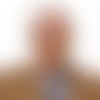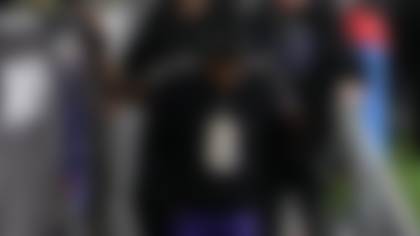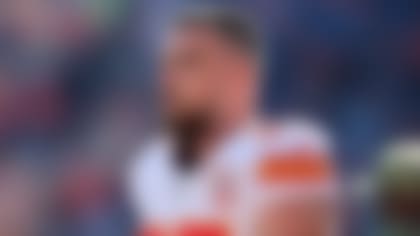When Dallas played Pittsburgh in Super Bowl X, 86 of the 87 players who were eligible to participate had never played on another team. All 43 Steelers were original Steelers. Of the 44 players on the Cowboys' roster, only Preston Pearson had played for another team (Pearson, in fact, was one of three Cowboys on that team that had never played a down of football in college; the others were Ron Howard and Percy Howard, who scored a touchdown in Super Bowl X).
The front offices of the Patriots and Giants have done a terrific job of assembling the players who will take the field in Super Bowl XLII. How did they do it? Let's take a look.
Before we do, however, here's an interesting note about Giants tight end Michael Matthews as it relates to this topic. Matthews went undrafted last spring, and the two teams that expressed interest in signing him entering training camp were -- you guessed it -- the Giants and Patriots. Both teams offered the Georgia Tech product $7,500 to sign. Matthews sided with the Giants, figuring he might have a better chance to make their roster. Sure enough, he made it from the start and has been the No. 2 tight end since Jeremy Shockey went down.
How they were built
New England has 11 first-round picks -- seven originally drafted by the Patriots and four who came from other teams. The seven originals: Ty Warren, Vince Wilfork, Richard Seymour, Brandon Meriweather, Ben Watson, Logan Mankins, and Laurence Maroney. The four who came later: Kyle Brady, Randy Moss, Donte Stallworth, and Junior Seau.
New York has four first-rounders -- two of their own and two who came from elsewhere. The originals: Eli Manning and Aaron Ross. The other two: Plaxico Burress and R.W. McQuarters.
The Patriots' four second-rounders are Matt Light, Eugene Wilson, Chad Jackson, and Kevin Faulk.
The Giants' second-rounders are: Osi Umenyiora, Michael Strahan, Corey Webster, Steve Smith, Chris Snee, Amani Toomer and Sinorice Moss.
Each team has three third-round picks on the roster.
Small-school finds
Another sign that both of these teams are very good at finding talent is that they have a number of players who came from non-Div. I-A schools.
New England has seven such players: Stephen Neal (who didn't play football at all at Cal State-Bakersfield), Matt Gutierrez (Idaho State), Lonie Paxton (Sacramento State), Ray Ventrone (Villanova), and Troy Brown, Chris Hanson and Moss (Marshall, which was Div. I-AA when he played there).
New York has eight such players: Rich Seubert (Western Illinois), Kevin Boss (Western Oregon, a Div. II school), Strahan (Texas Southern), Zak DeOssie (Brown), Tank Daniels (Harding), Jeffrey Pope (Howard), Dave Tollefson (N.W. Missouri State), and Kevin Boothe (Cornell).




